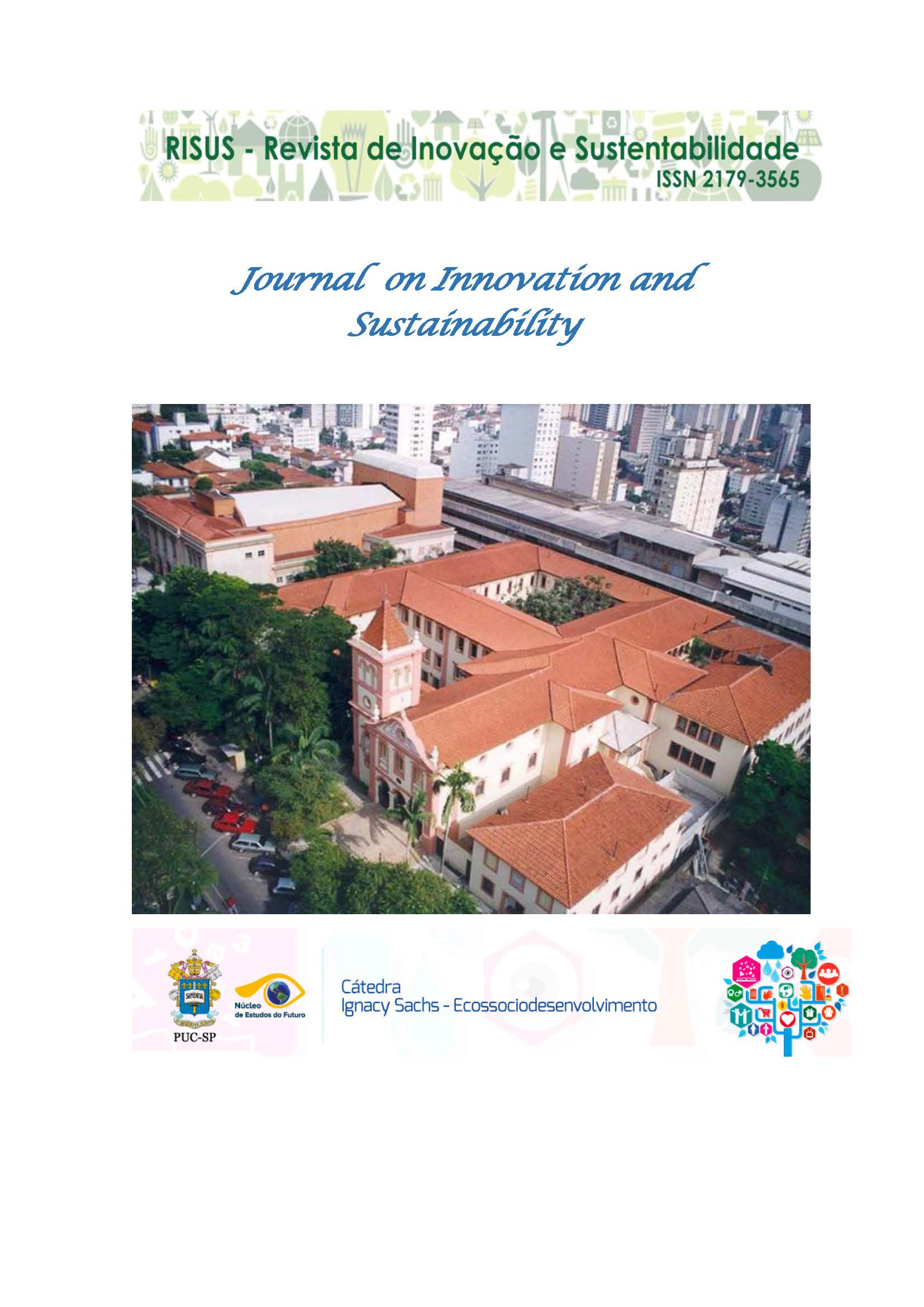The impact of Covid-19 on economic situation of Pakistan
a story of losers and winners
DOI:
https://doi.org/10.23925/2179-3565.2022v13i3p190-208Keywords:
new norm, transition, digital economyAbstract
COVID-19 was declared pandemic with no apparent treatment of this virus in late 2019. It was recommended to observe the social distance, quarantine the infected patient, and follow good hygiene practices. Further, some strategies were adopted to control the spread of COVID-19, including social distancing, use of face masks, forced lockdown, and closure of borders. Many developing countries like Pakistan are facing severe crises and economic recession. Most people affected by this pandemic are women, children, elderly, and people with immune deficiencies. Zoom has become the counter-piece of life during this pandemic because people use it for job, education and socializing. This pandemic resulted in high earnings in the IT sector. Pakistan's e-commerce market size has witnessed a new high. The growth of e-commerce and mobile phone banking market size increased rapidly. Further government can help transition the businesses towards online mode, which can help retain jobs and economic growth stability.
References
Ali, A., Ahmed, M., & Hassan, N. Socioeconomic impact of COVID‐19 pandemic: Evidence from rural mountain community in Pakistan. Journal of Public Affairs, e2355, 2020.
Arshed, N., Meo, M. S., & Farooq, F. Empirical assessment of government policies and flattening of the COVID 19 curve. Journal of Public Affairs, 20(4), e2333, 2020.
Asghar, N., Batool, M., Farooq, F., & Rehman, H. COVID-19 Pandemic and Pakistan Economy: A Preliminary Survey. Review of Economics and Development Studies, 6(2), 447-459, 2020.
Aslam, P. Extreme Commerce. Retrieved from Extreme Commerce: https://ec.com.pk/blog/pakistan-approved-for-selling-on-amazon, June 20, 2021.
Business Recorder. Zoom earnings strong at close of pandamic plagued year. Retrieved from Business Recorder: https://www.brecorder.com/news/40069367/zoom-earnings-strong-at-close-of-pandemic-plagued-year, 2021, March 17
Chowdhury, A. Z., & Jomo, K. Responding to the COVID 19 Pandemic in Developing Countries:Lessons from Selected Countries of the Global South. Development(63), 162–171, 2020.
CNBC. Amazon earnings in Q4 2020. Retrieved from CNBC: https://www.cnbc.com/2021/02/02/amazon-amzn-earnings-q4-2020.html, Feb 2, 2021.
EcommerceDB. EcommerceDB. Retrieved from EcommerceDB: https://ecommercedb.com/en/ranking/pk/food-beverages, March 17, 2021.
Ghaffar, A., Munir, M., Aziz, O., Alhajj, R., & Sanaullah, A. COVID 19 Incidence Curve: Intelligent Smart Approach Instead of Lockdown. Empirical Economic Review, 3(2), 31–61, 2020.
Helmore, E. The Guardians. Retrieved from The Guardians:
https://www.theguardian.com/technology/2020/oct/29/amazon-profits-latest-earnings-report-third-quarter-pandemic, Oct. 29, 2020.
Jaffery, R. Pakistan struggles to fight COVID-19. The Diplomat, 15 April 2020. https://thediplomat.com/2020/04/pakistanstruggles-to-fight-COVID-19, 2020.
Kalb, G., & Mekees, J. Changing Labour Force Status:COVID-19 Impacts by Gender and Age. Coping with COVID-19: Rethinking Australia, 2020.
Khalid, A., & Ali, S. COVID-19 and its Challenges for the Healthcare System in Pakistan. Asian bioethics review, 12(4), 551-564, 2020.
Liu, S. Statista. Retrieved from Statista: https://www.statista.com/statistics/1106104/stock-price-zoom/, April 1, 2021.
Mamoon, M., & Ullah, I. COVID-19 suicides in Pakistan, dying off not COVID-19 fear but poverty? – The forthcoming economic challenges for a developing country. Brain Behav Immun, 87, 163–166, 2020.
Ministry of Finance. Retrieved from Ministry of Finance: http://www.finance.gov.pk/, June 21, 2021.
National Institue of health. Retrieved from National Institute of health: https://www.nih.org.pk/, March 16, 2020.
OECD. E-Commerce in the time of COVID-19. Retrieved from OECD: http://www.oecd.org/coronavirus/policy-responses/e-commerce-in-the-time-of-COVID-19-3a2b78e8/, March 16, 2020.
Pakistan Bureau of Statistics, Government of Pakistan. Retrieved from Pakistan Bureau of Statistics: https://www.pbs.gov.pk/, January 29, 2020.
Poverty Alleviation and Social Safety Division. Retrieved from Poverty Alleviation and Social Safety Division (Government of Pakistan): https://www.pass.gov.pk/Detail845ae76f-4161-4d46-8452-ab8805d1f953, January 23, 2021.
Rabbani, F., Khan, H. A., Piryani, S., Khan, A. R., & Abid, F. Psychological and social impact of COVID-19 in Pakistan: Need for Gender Responsive Policies. medRxiv, 2020.
SBP. The State of Pakistan's Economy, First Quarterly Report of Board of Directors. State Bank of Pakistan. Retrieved from https://www.sbp.org.pk/reports/quarterly/fy21/First/Complete.pdf, 2021.
Shafi, M., Liu, J., & Ren, W. Impact of COVID-19 pandemic on micro, small, and medium-sized Enterprises operating in Pakistan. Research in Globalization, 2, 100018, 2020.
Shaukat, N., Ali, D. M., & Razzak, J. Physical and mental health impacts of COVID-19 on healthcare workers: A scoping review. International Journal of Emergency Medicine, 13(1), 1-8, 2020.
Specialized Healthcare and Medical Department. Retrieved from https://health.punjab.gov.pk/, 2020.
State Bank of Pakistan. Retrieved from www.sbp.gov.pk, January, 2021.
UNCTAD. Impact of the Pandemic on Trade and Development. United Nations Conference On Trade And Development. New York: United Nations Conference On Trade And Development 2020.
World Health Organization. Retrieved from WHO: https://COVID19.who.int/, January 17, 2021.
Yasmeen, S., & Sohail, H. Economics of COVID-19: A case of Punjab, Pakistan. Empirical Economic Review, 3(2), 10-30. Retrieved from https://ojs.umt.edu.pk/index.php/eer/article/view/464, 2020.
Zia, S. Infection to Recovery; COVID-19 in Pakistan and. Experimental Results, 32(2), 1-4, 2020.

Downloads
Published
Issue
Section
License
This Journal is licensed under a Creative Commons Attribution-Non Commercial-No Derivers 4.0 International license.
1.The author (s) authorize the publication of the article in the journal;
2.The author (s) warrant that the contribution is original and unpublished and is not in the process of being evaluated in other journal (s);
3. The journal is not responsible for the opinions, ideas and concepts emitted in the texts, as they are the sole responsibility of its author (s);
4. The editors are entitled to make textual adjustments and to adapt the articles to the standards of publication.

